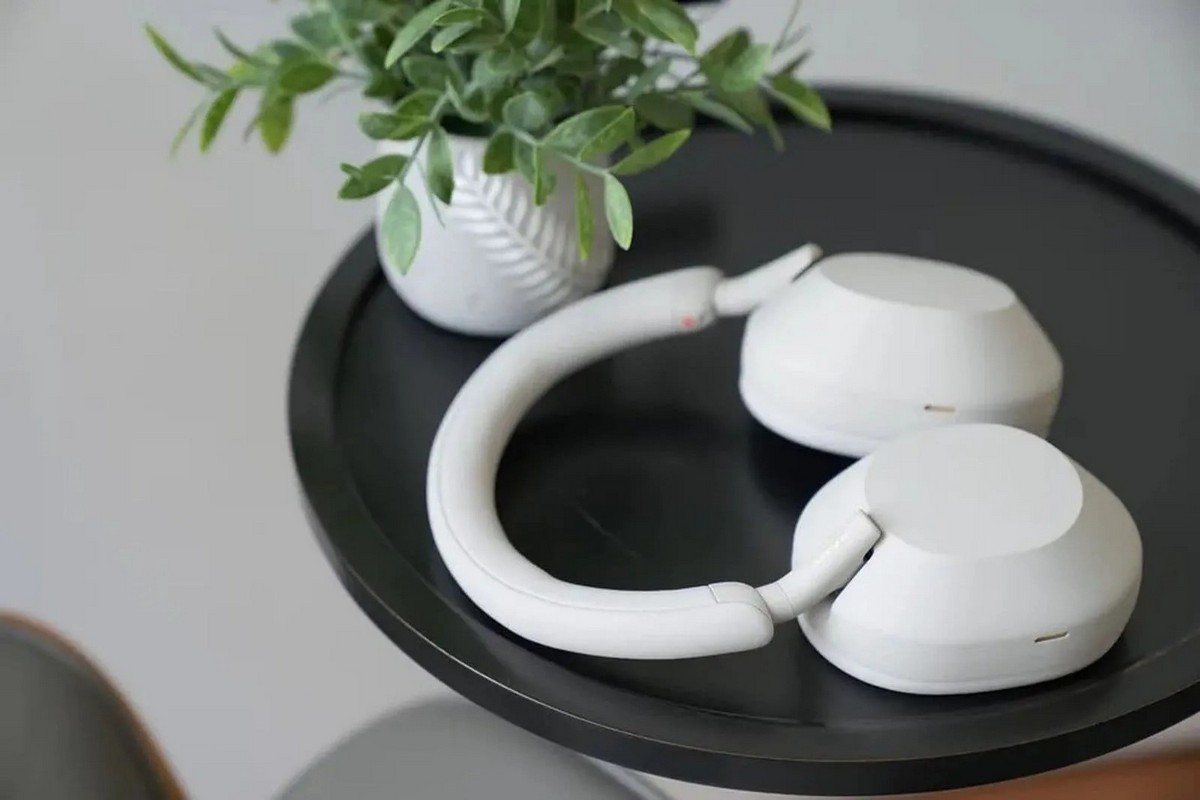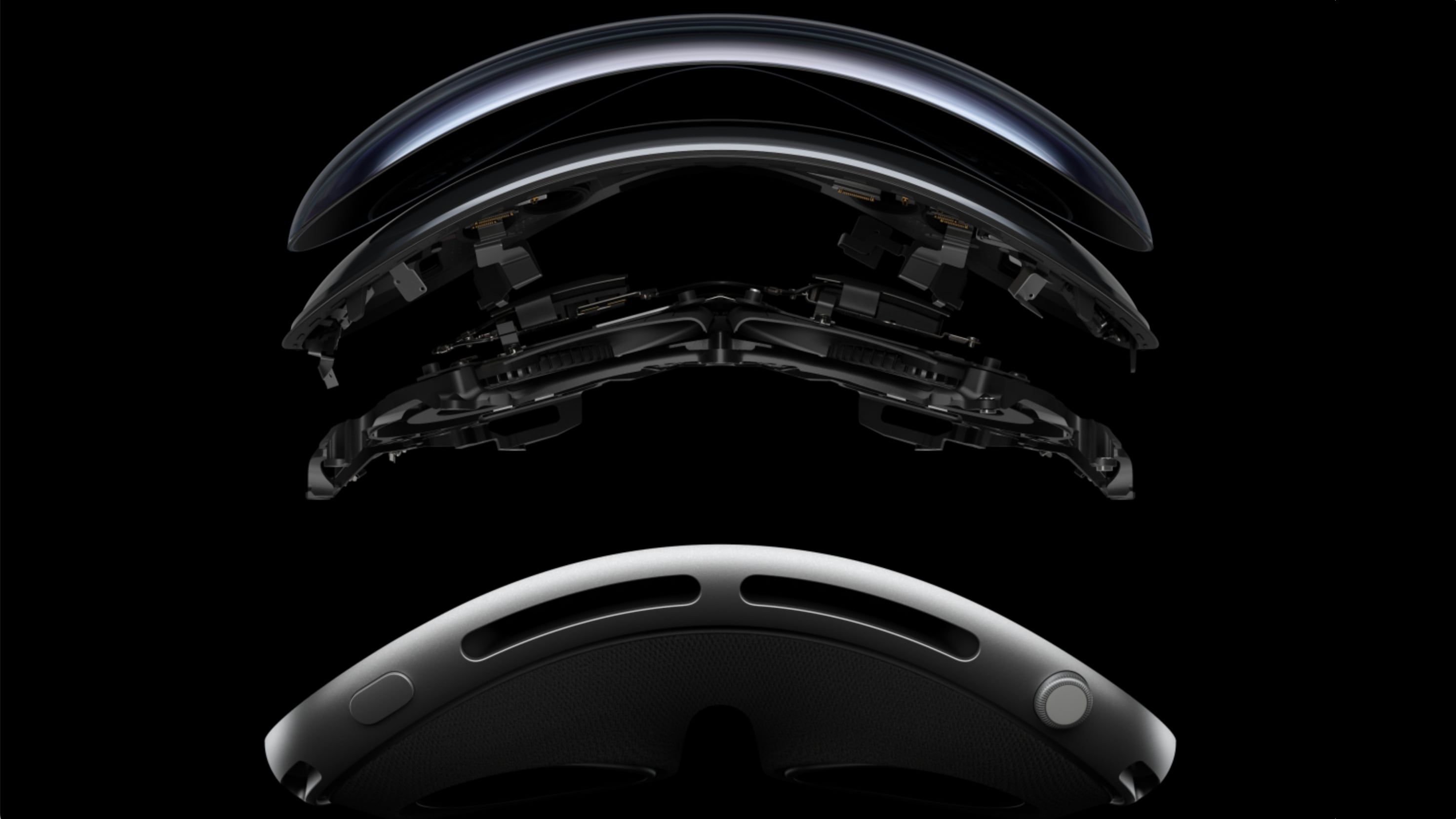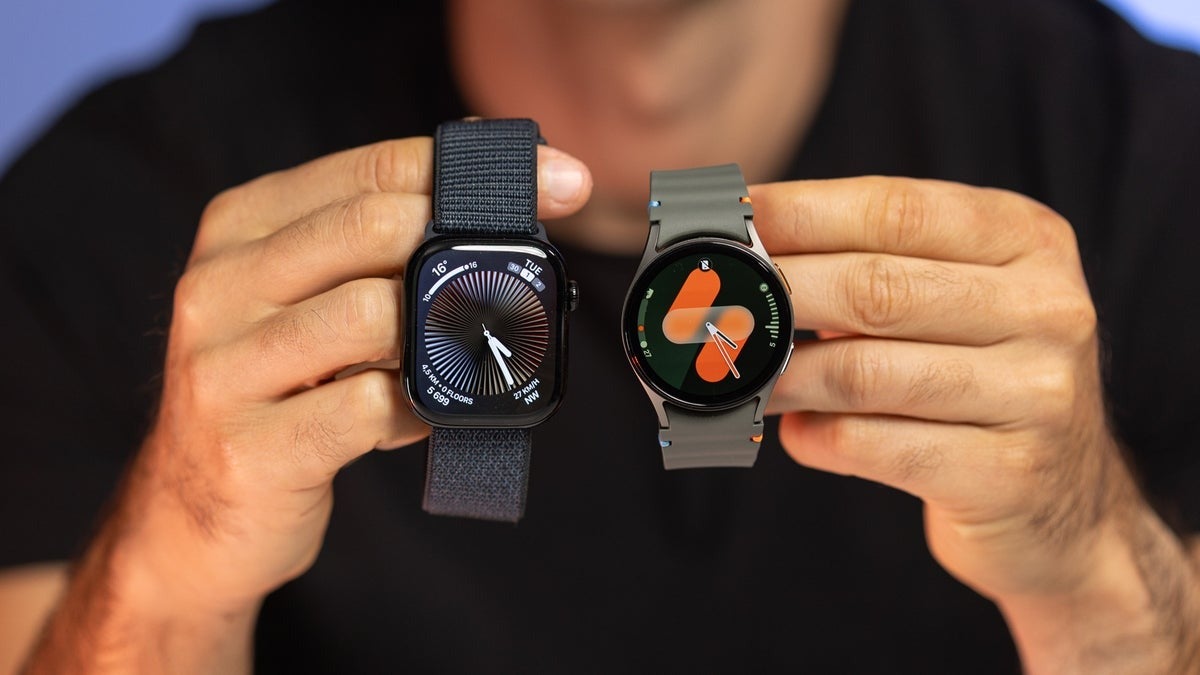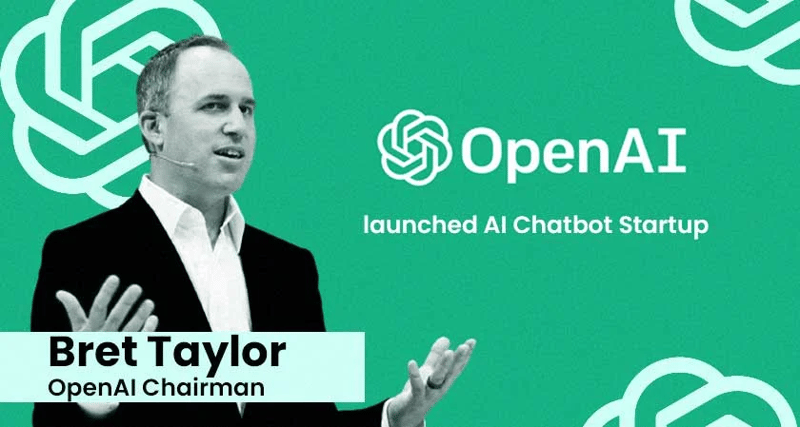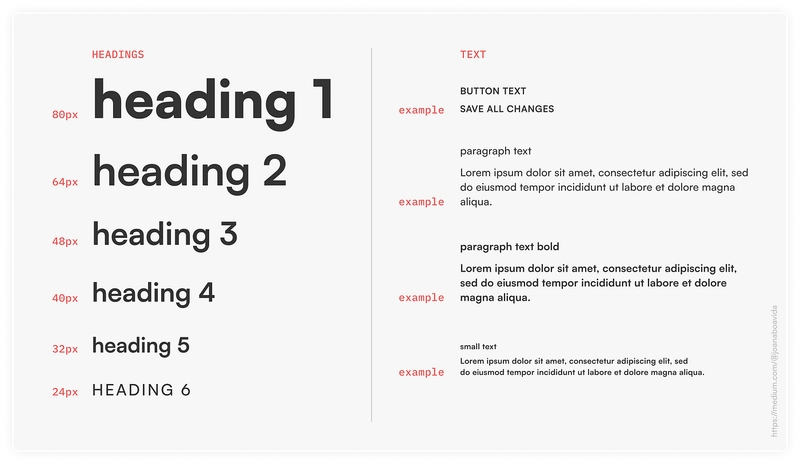MVP: How to Create a Minimum Viable Product and Test Your Idea
Every great product starts with an idea. But not every idea turns into a successful product. That's why smart entrepreneurs and companies use the Minimum Viable Product (MVP) approach. It helps validate ideas, minimize risks, and build something people actually want. So, how do you create an MVP and test your idea effectively? Let's find out. What is an MVP? An MVP is the simplest version of your product that solves a core problem for your target audience. It includes only the essential features needed to test your concept in the market. Instead of spending months (or years) building a full-fledged product, you release a basic version and collect real feedback. This way, you avoid wasting time and resources on something that might not work. Why Build an MVP? Building an MVP has many benefits: Validates your idea - you can see if people are interested before investing heavily. Saves time and money - you only focus on what matters most. Gives early feedback - users tell you what works and what doesn't. Attracts investors - a working MVP demonstrates potential, making it easier to get funding. Helps you change direction when needed - if users don't respond well, you can adjust your decision before it's too late. Steps to Build an Effective MVP Identify the Problem You Want to Solve Every successful product solves a pain point. Start by asking yourself: What problem does my idea solve? Who are my target users? How are they currently coping with this problem? If you're solving a real problem that people are struggling with, you're on the right track. Helps you change direction when needed - if users don't respond well, you can adjust your decision before it's too late. Define Your Core Value Proposition You don't need to build all the features at once. Focus on the core value your product offers. Ask yourself: What is the one key thing my product should do? How is it different from existing solutions? Keep it simple. Your MVP should do one thing exceptionally well. Research the Market Before investing time in development, analyze the market. Check your competitors, study trends, and talk to potential customers. Tools like Google Trends, social media discussions, and industry reports can provide valuable information. If similar products already exist, determine what gaps you can fill. Choose the Right MVP Type There are several ways to create an MVP: Landing Page MVP - Create a website that describes your product and track visitor interest. Prototype MVP - A simple mockup of the design to test user reaction. Wizard of Oz MVP - Fake automation; you manually deliver a service that looks fully automated. Concierge MVP - Walk users through the process in person before automating. Single Feature MVP - Build and test just one core feature instead of a full product. Choose the one that fits your business model and resources. Develop a Simple and Functional MVP Now it's time to build. Work with a small team and focus only on the must-have features. Avoid overcomplicating things. The goal is not perfection, but functionality. A basic version with the necessary features is enough to test the waters. Launch and Gather Feedback Once your MVP is up and running, start collecting real user feedback. Use surveys, interviews, and analytics to understand how people interact with your product. Keep an open mind and listen to your users. Sometimes their needs may differ from your expectations. Analyze Results and Iterate Data is your best friend. Look at: How many people have signed up or used your product? What kind of feedback are you getting? Are users experiencing common problems? Use these insights to improve and refine your MVP. If users like it, build on it. If not, change your approach or take it in a new direction. More in our article: https://instandart.com/blog/bespoke-software-development/mvp-how-to-create-a-minimum-viable-product/
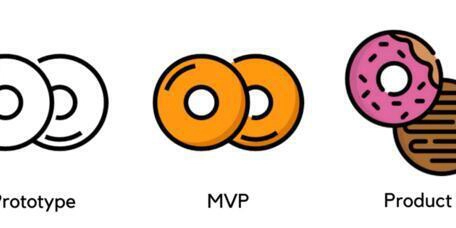
Every great product starts with an idea. But not every idea turns into a successful product. That's why smart entrepreneurs and companies use the Minimum Viable Product (MVP) approach. It helps validate ideas, minimize risks, and build something people actually want. So, how do you create an MVP and test your idea effectively? Let's find out.
What is an MVP?
An MVP is the simplest version of your product that solves a core problem for your target audience. It includes only the essential features needed to test your concept in the market. Instead of spending months (or years) building a full-fledged product, you release a basic version and collect real feedback. This way, you avoid wasting time and resources on something that might not work.
Why Build an MVP?
Building an MVP has many benefits:
Validates your idea - you can see if people are interested before investing heavily.
Saves time and money - you only focus on what matters most.
Gives early feedback - users tell you what works and what doesn't.
Attracts investors - a working MVP demonstrates potential, making it easier to get funding.
Helps you change direction when needed - if users don't respond well, you can adjust your decision before it's too late.
Steps to Build an Effective MVP
Identify the Problem You Want to Solve
Every successful product solves a pain point. Start by asking yourself:
What problem does my idea solve?
Who are my target users?
How are they currently coping with this problem?
If you're solving a real problem that people are struggling with, you're on the right track.
Helps you change direction when needed - if users don't respond well, you can adjust your decision before it's too late.Define Your Core Value Proposition
You don't need to build all the features at once. Focus on the core value your product offers. Ask yourself:
What is the one key thing my product should do?
How is it different from existing solutions?
Keep it simple. Your MVP should do one thing exceptionally well.Research the Market
Before investing time in development, analyze the market. Check your competitors, study trends, and talk to potential customers. Tools like Google Trends, social media discussions, and industry reports can provide valuable information. If similar products already exist, determine what gaps you can fill.Choose the Right MVP Type
There are several ways to create an MVP:
Landing Page MVP - Create a website that describes your product and track visitor interest.
Prototype MVP - A simple mockup of the design to test user reaction.
Wizard of Oz MVP - Fake automation; you manually deliver a service that looks fully automated.
Concierge MVP - Walk users through the process in person before automating.
Single Feature MVP - Build and test just one core feature instead of a full product.
Choose the one that fits your business model and resources.Develop a Simple and Functional MVP
Now it's time to build. Work with a small team and focus only on the must-have features. Avoid overcomplicating things. The goal is not perfection, but functionality. A basic version with the necessary features is enough to test the waters.Launch and Gather Feedback
Once your MVP is up and running, start collecting real user feedback. Use surveys, interviews, and analytics to understand how people interact with your product. Keep an open mind and listen to your users. Sometimes their needs may differ from your expectations.Analyze Results and Iterate
Data is your best friend. Look at:
How many people have signed up or used your product?
What kind of feedback are you getting?
Are users experiencing common problems?
Use these insights to improve and refine your MVP. If users like it, build on it. If not, change your approach or take it in a new direction.
More in our article: https://instandart.com/blog/bespoke-software-development/mvp-how-to-create-a-minimum-viable-product/



















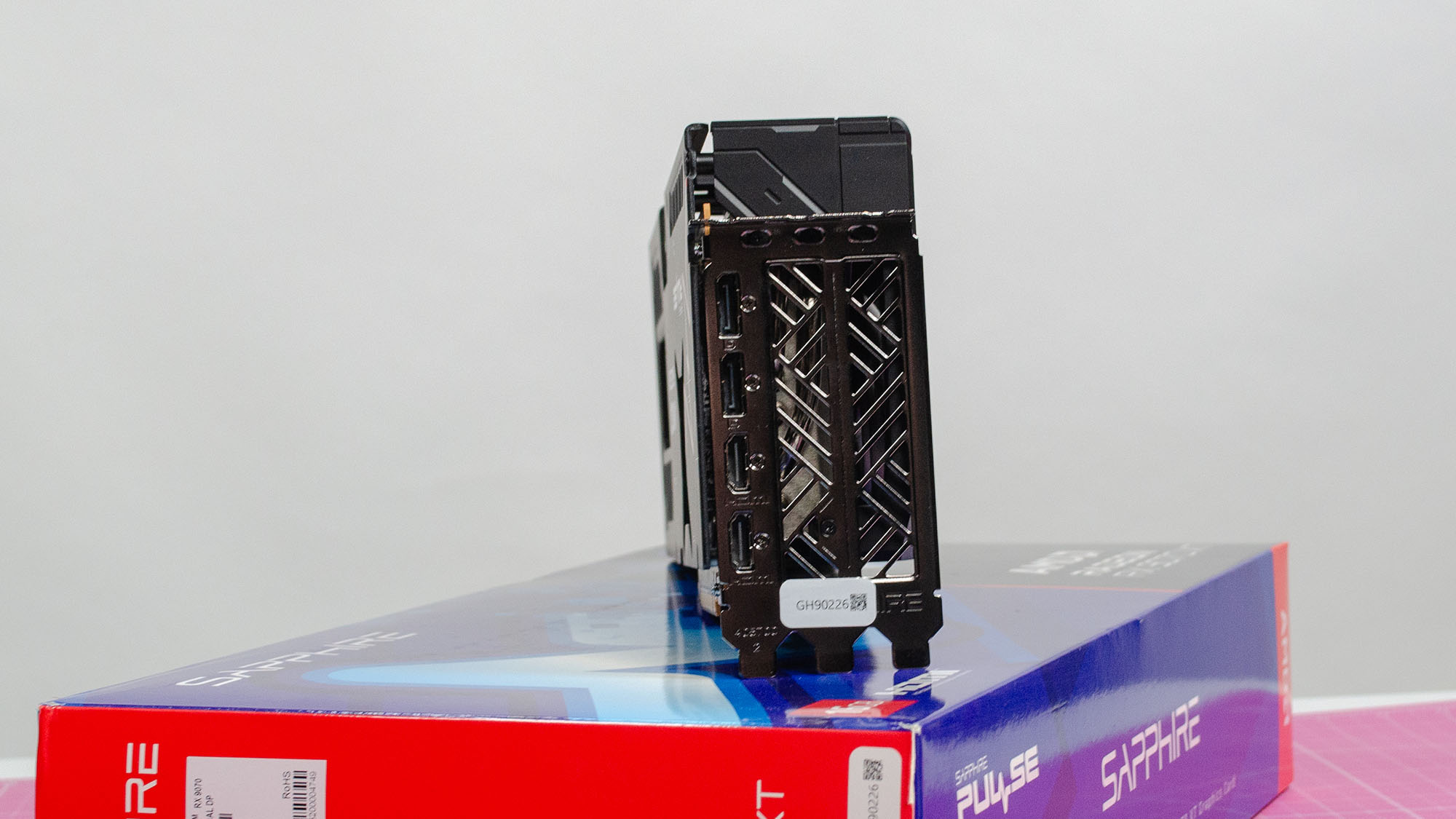





















































































































































![[The AI Show Episode 144]: ChatGPT’s New Memory, Shopify CEO’s Leaked “AI First” Memo, Google Cloud Next Releases, o3 and o4-mini Coming Soon & Llama 4’s Rocky Launch](https://www.marketingaiinstitute.com/hubfs/ep%20144%20cover.png)
































































































































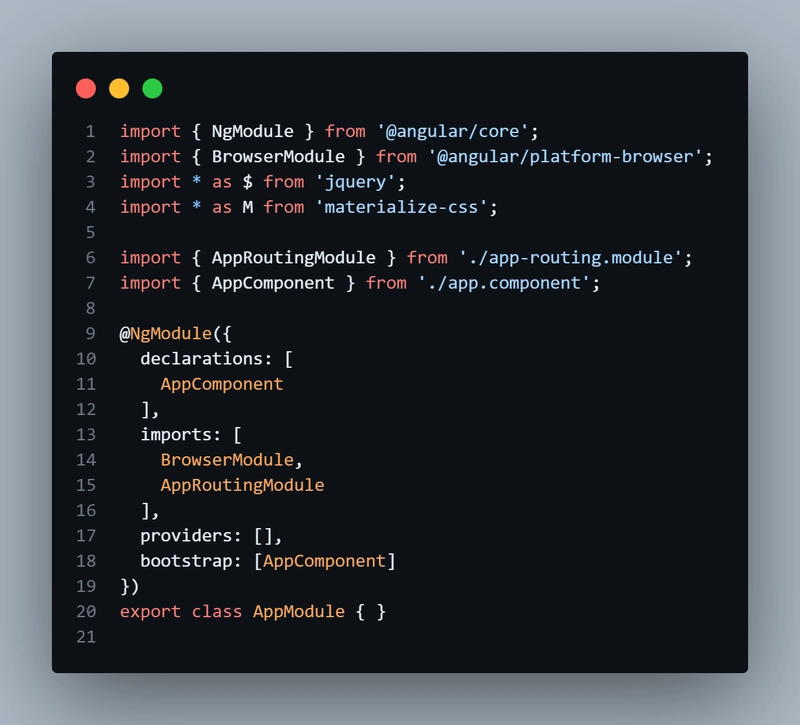

































































![Blue Archive tier list [April 2025]](https://media.pocketgamer.com/artwork/na-33404-1636469504/blue-archive-screenshot-2.jpg?#)






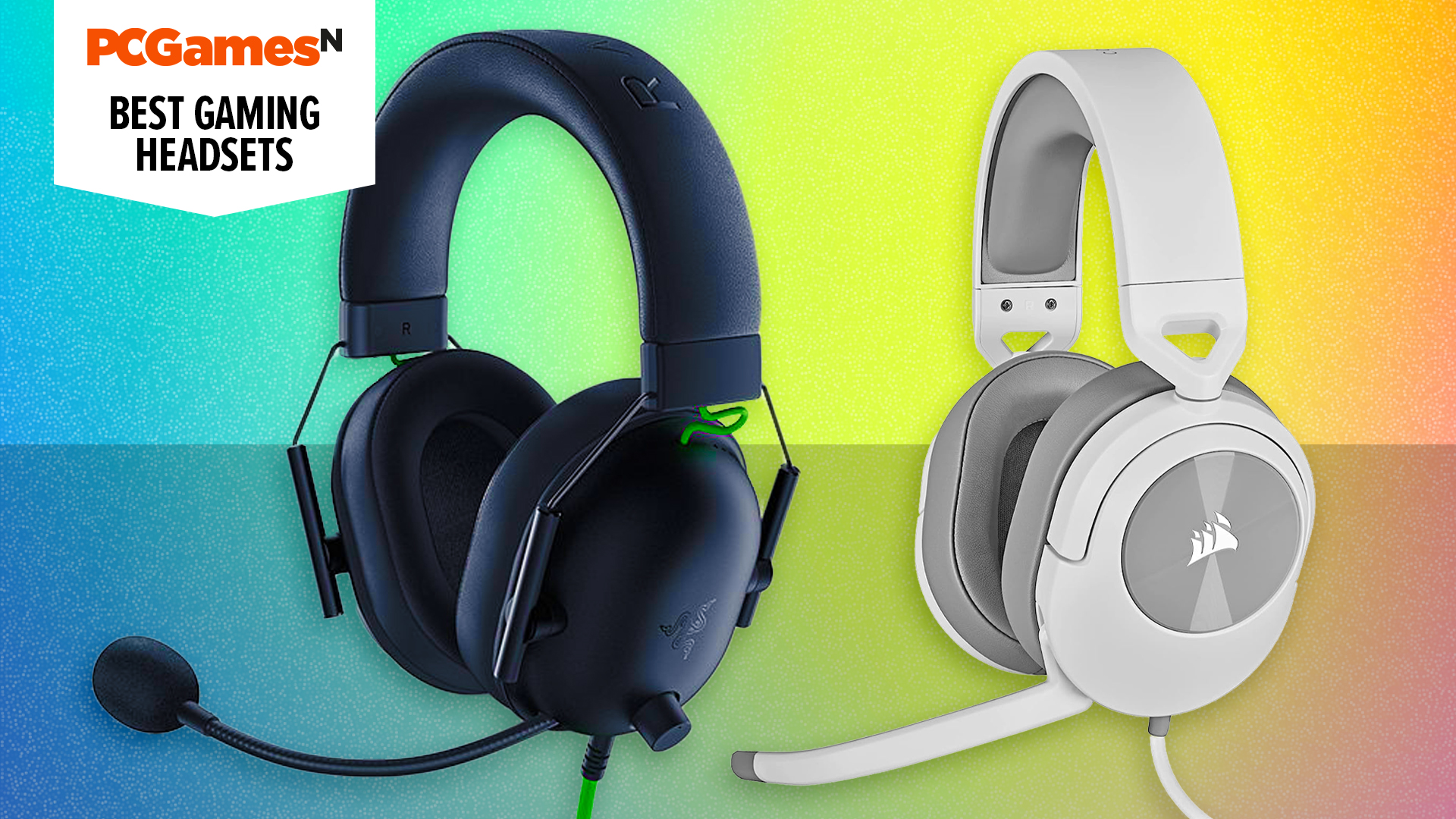
























.png?#)









.png?width=1920&height=1920&fit=bounds&quality=70&format=jpg&auto=webp#)











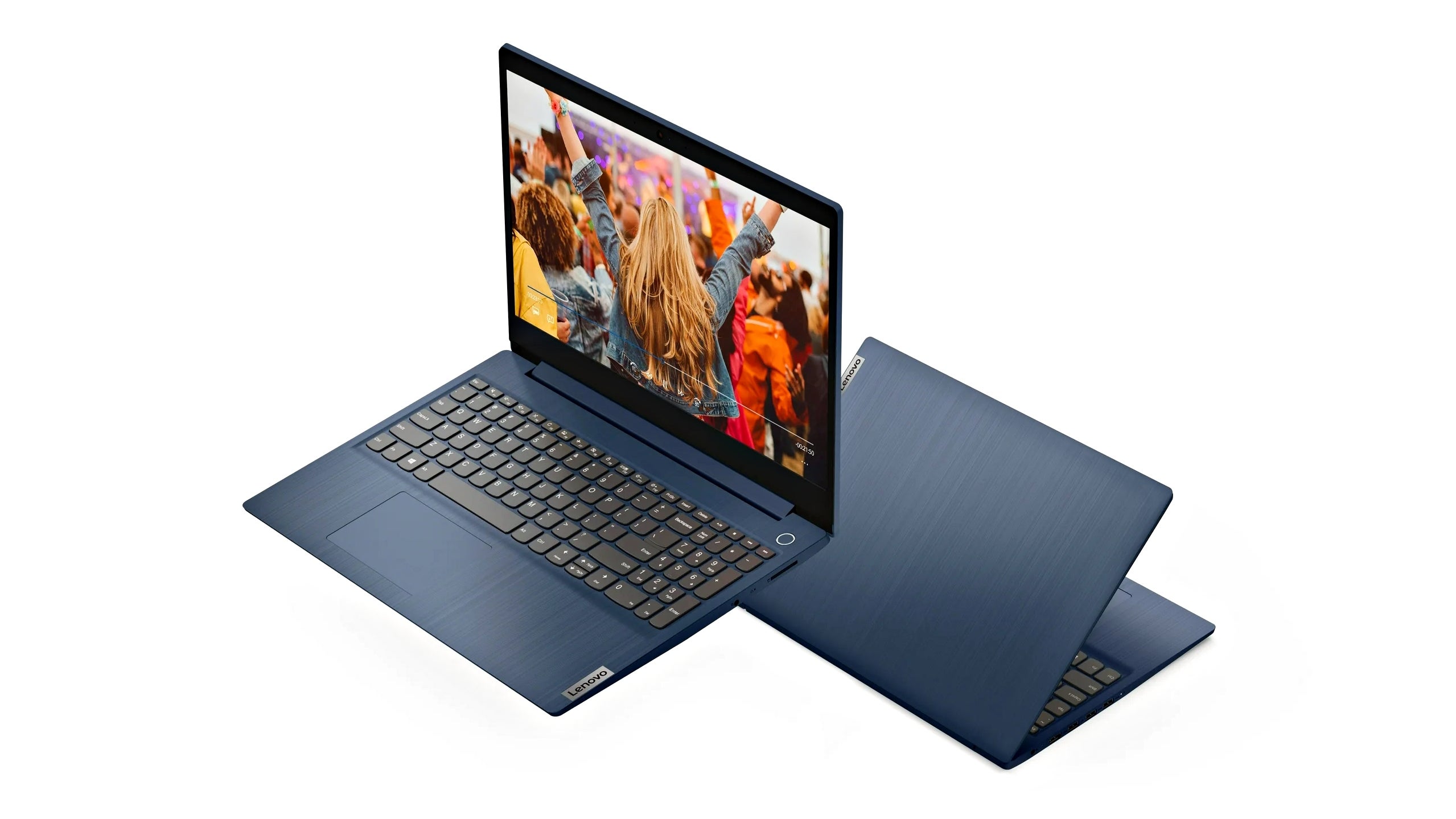











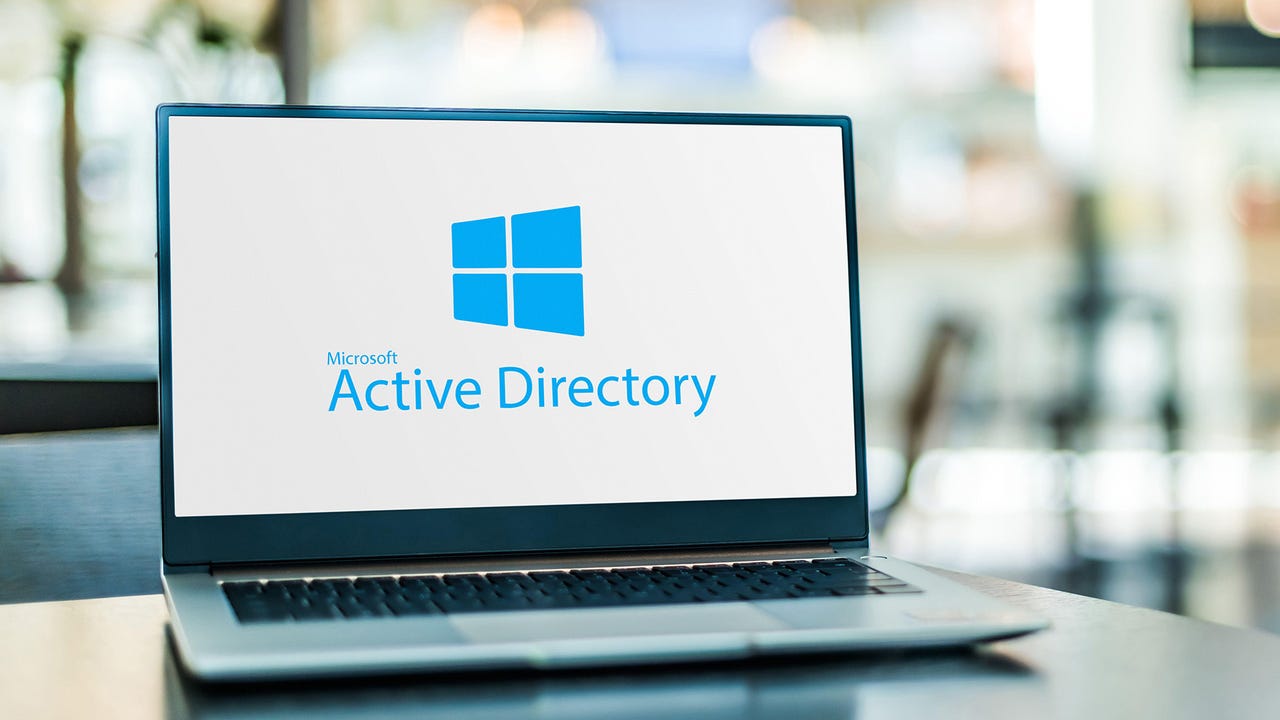




.webp?#)










































































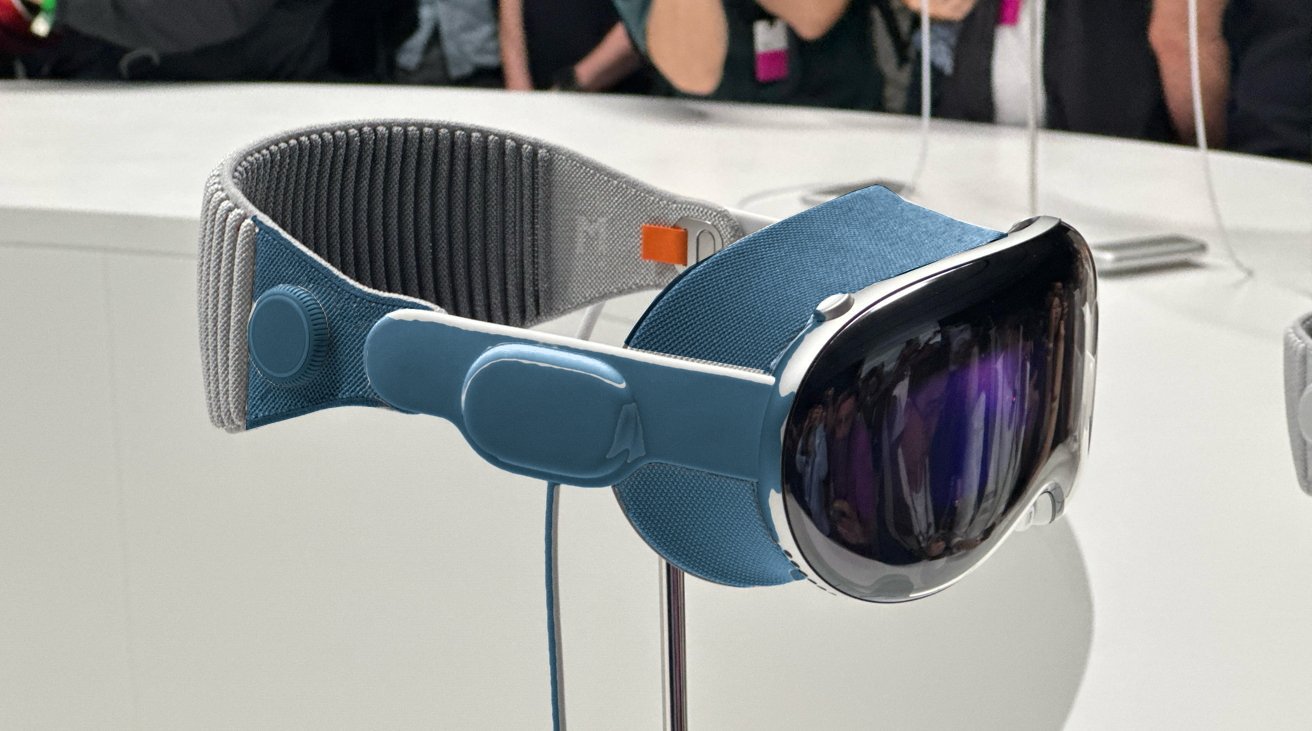

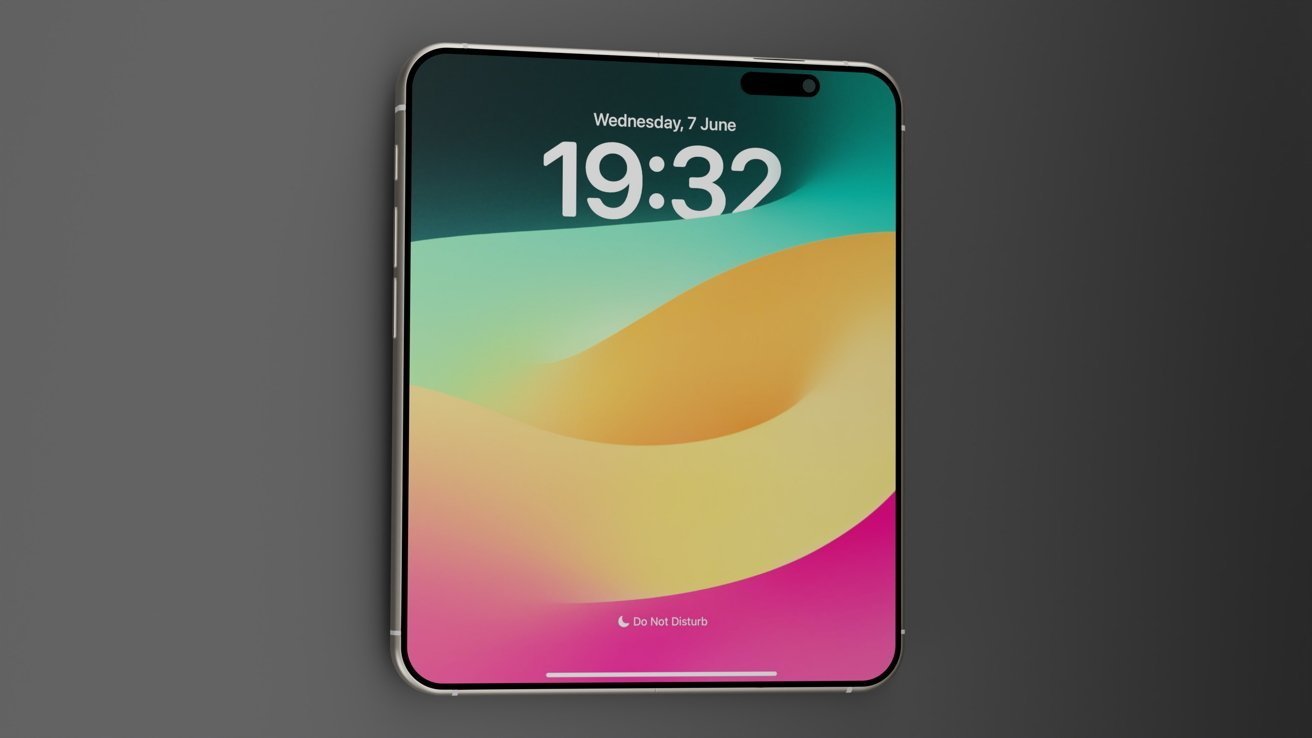





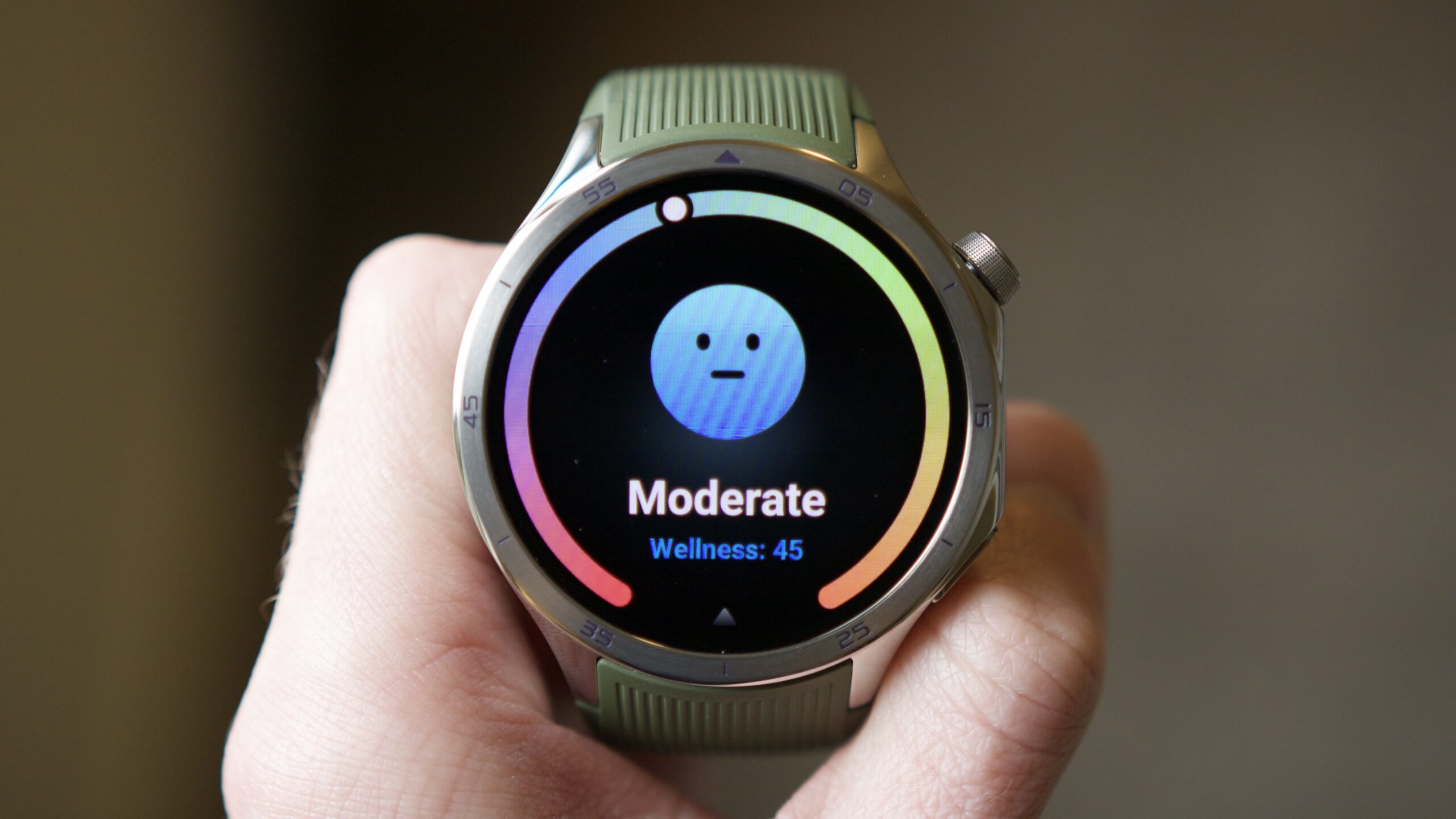
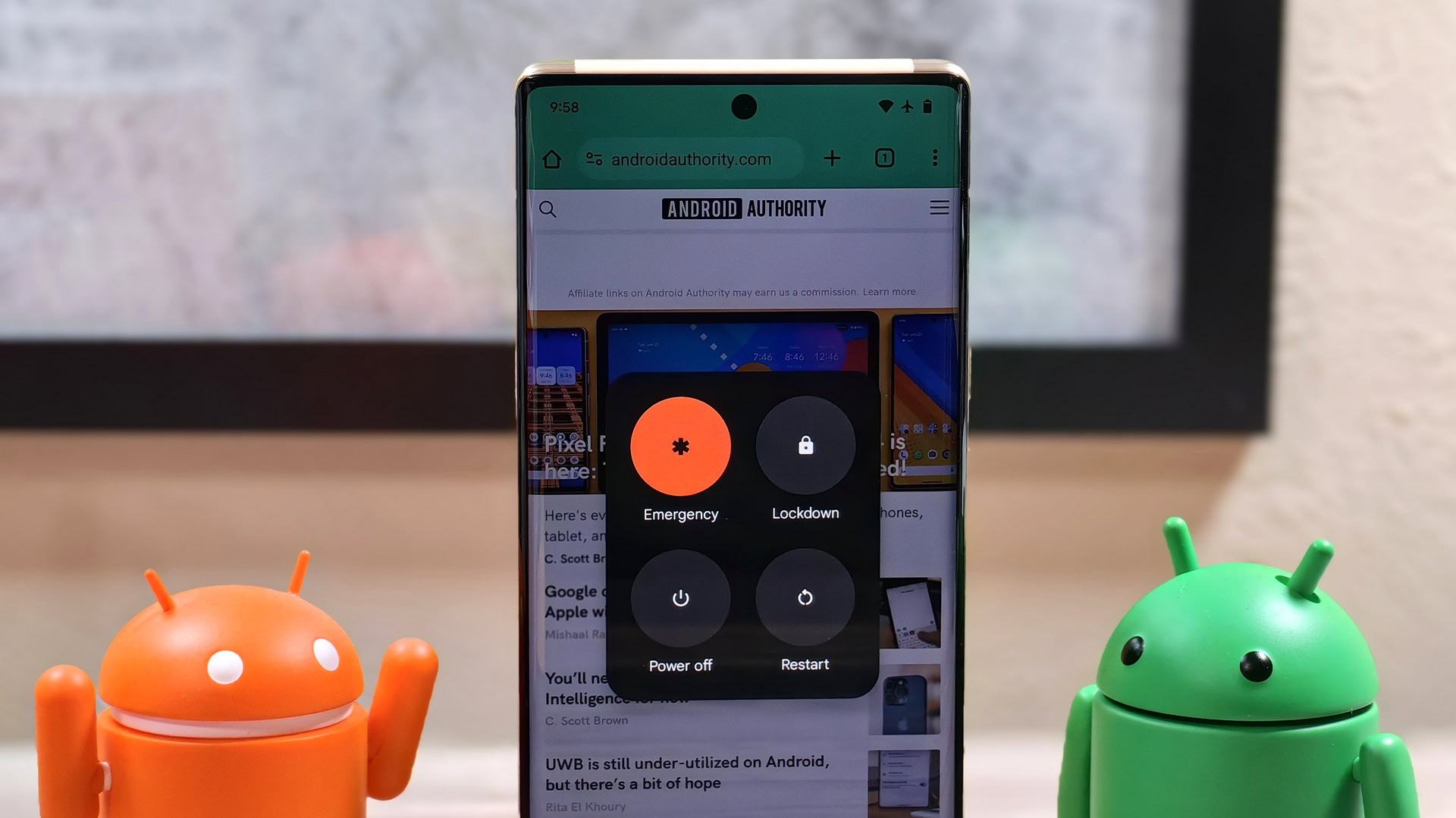

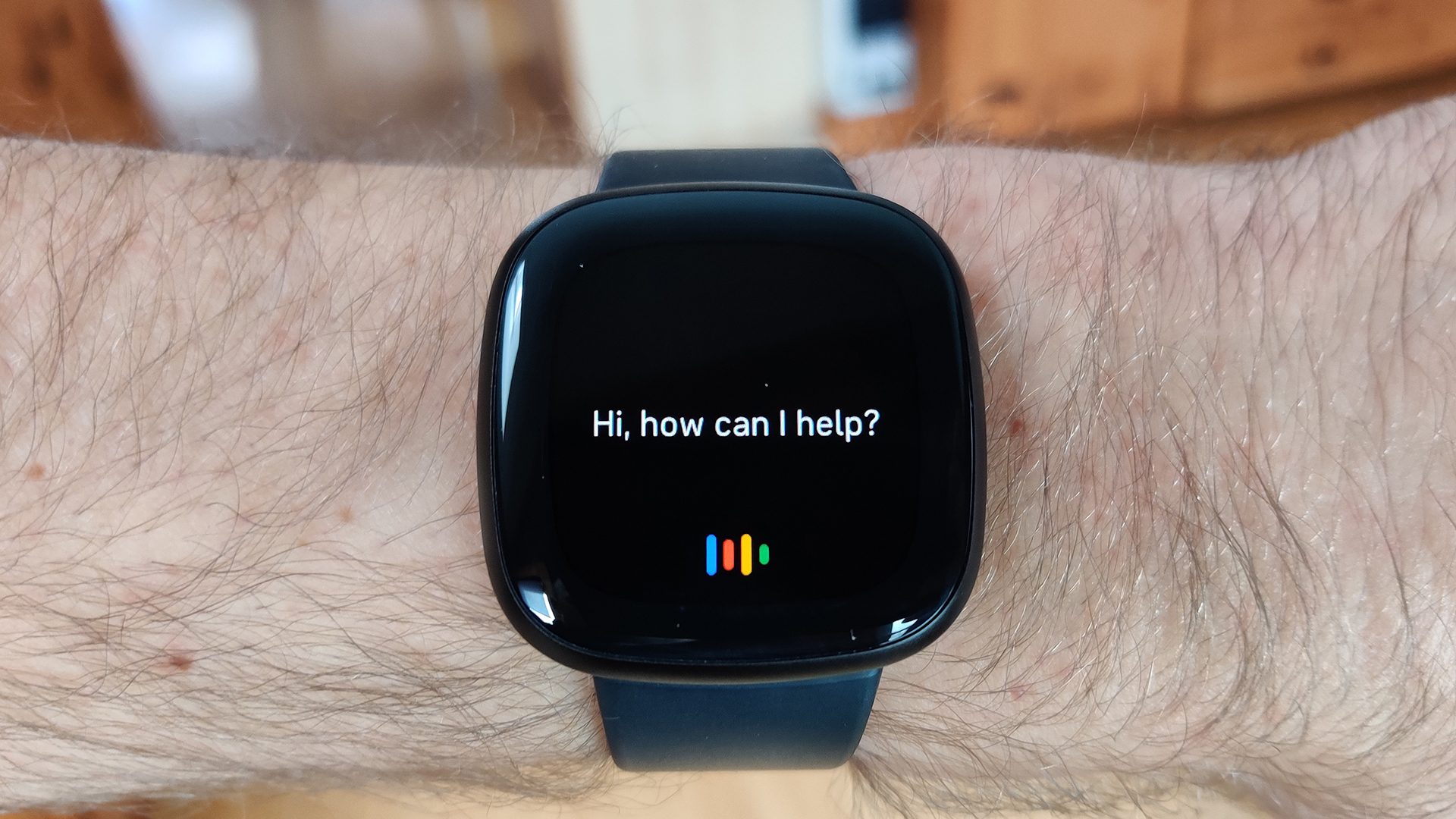
![PSA: It’s not just you, Spotify is down [U: Fixed]](https://i0.wp.com/9to5mac.com/wp-content/uploads/sites/6/2023/06/spotify-logo-2.jpg?resize=1200%2C628&quality=82&strip=all&ssl=1)



![[Update: Optional] Google rolling out auto-restart security feature to Android](https://i0.wp.com/9to5google.com/wp-content/uploads/sites/4/2025/01/google-play-services-2.jpg?resize=1200%2C628&quality=82&strip=all&ssl=1)













![Apple Vision 'Air' Headset May Feature Titanium and iPhone 5-Era Black Finish [Rumor]](https://www.iclarified.com/images/news/97040/97040/97040-640.jpg)


![Apple to Split Enterprise and Western Europe Roles as VP Exits [Report]](https://www.iclarified.com/images/news/97032/97032/97032-640.jpg)















